The name rep comes from the English language, where it means "scar" and denotes a dense fabric with clearly defined ribs on all sides. Initially, this fabric was made from natural silk, as it was aimed at wealthy people. Expensive attire for men and women was sewn from it, and decor was made. The heyday of this textile's popularity came in the 18th century. It was at this time that it began to be used as an expensive material for furniture upholstery. This material will provide a full description: what is rep, what this fabric is used for and the rules for caring for it.
Material rep
To obtain this type of fabric, the interlacing of the fibers is done in such a way that the warp threads interlace two or more weft threads. This type of rep is called basic. Sometimes another type is made, in which the weft thread is reinforced even more. In this case, the scars have a pronounced transverse direction, and the fabric is called weft. Both of these options have an interesting texture with relatively high strength. They are produced in plain colors, bleached or printed with patterns.
Types of rep
Almost until the 19th century, rep material was made only from silk threads that were twisted. At the same time, the fabric, which was thinner and was used for sewing clothes, was called "rips", and "reps" meant furniture fabric. Later, the material began to be made from cotton and wool fibers. These types became more and more popular among ordinary people, and silk rep became a rarity.
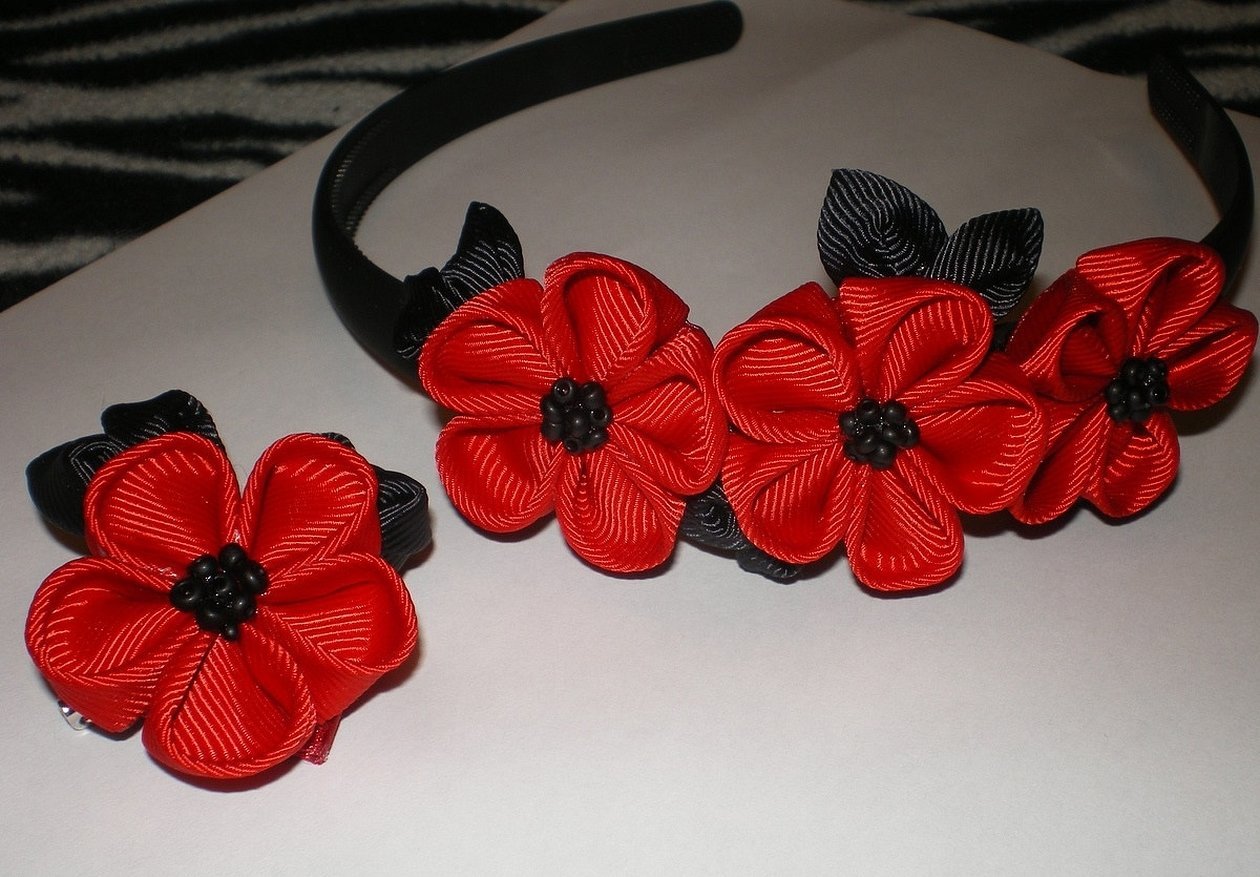
It was last fashionable in the mid-20th century, when it was used to make skirts, trousers and dresses. Since then, the fabric has become less popular in fashion, but is still used for many purposes.
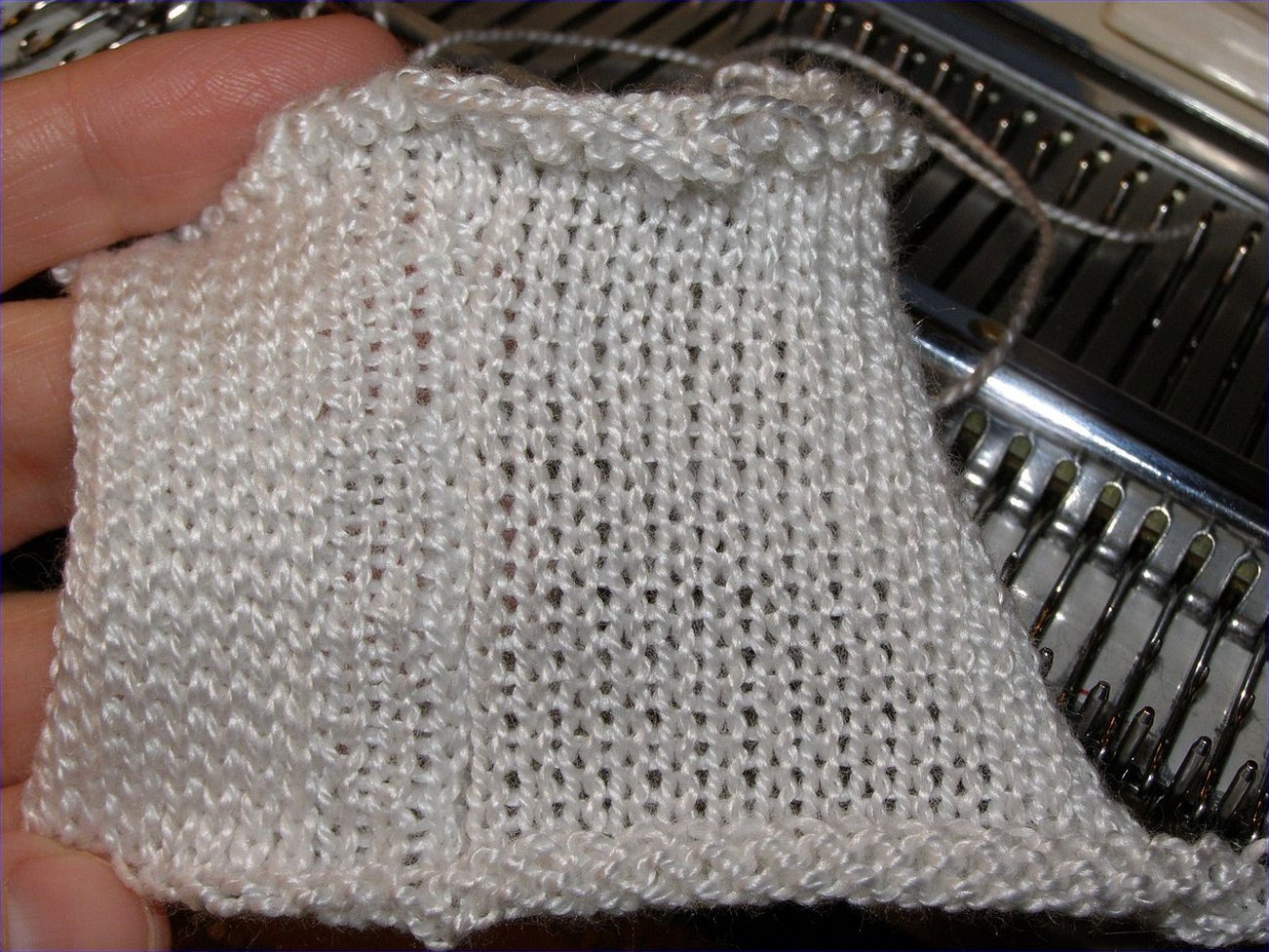
As already mentioned, there are two classifications of reps:
- weft, when the rib is formed transversely;
- basic, when the rib is formed longitudinally.
Despite the difference in sewing technology, both of these types are equally elastic and durable. However, there are differences, which consist in the fact that the transverse rib visually stretches the silhouette of the figure and reduces its volume.
According to its composition, reps is divided into:
- satin rep, which is made from polyester and cotton. It is used for sewing curtains and drapes;
- Lurex rep with the addition of "metallic" threads. It is used to make ribbons for decoration;
- cotton lurex is the most common, as it is pleasant to the body and allows air to pass through well;
- Velour rep is a new type of material woven from synthetic fibers. It can also contain cotton and wool.
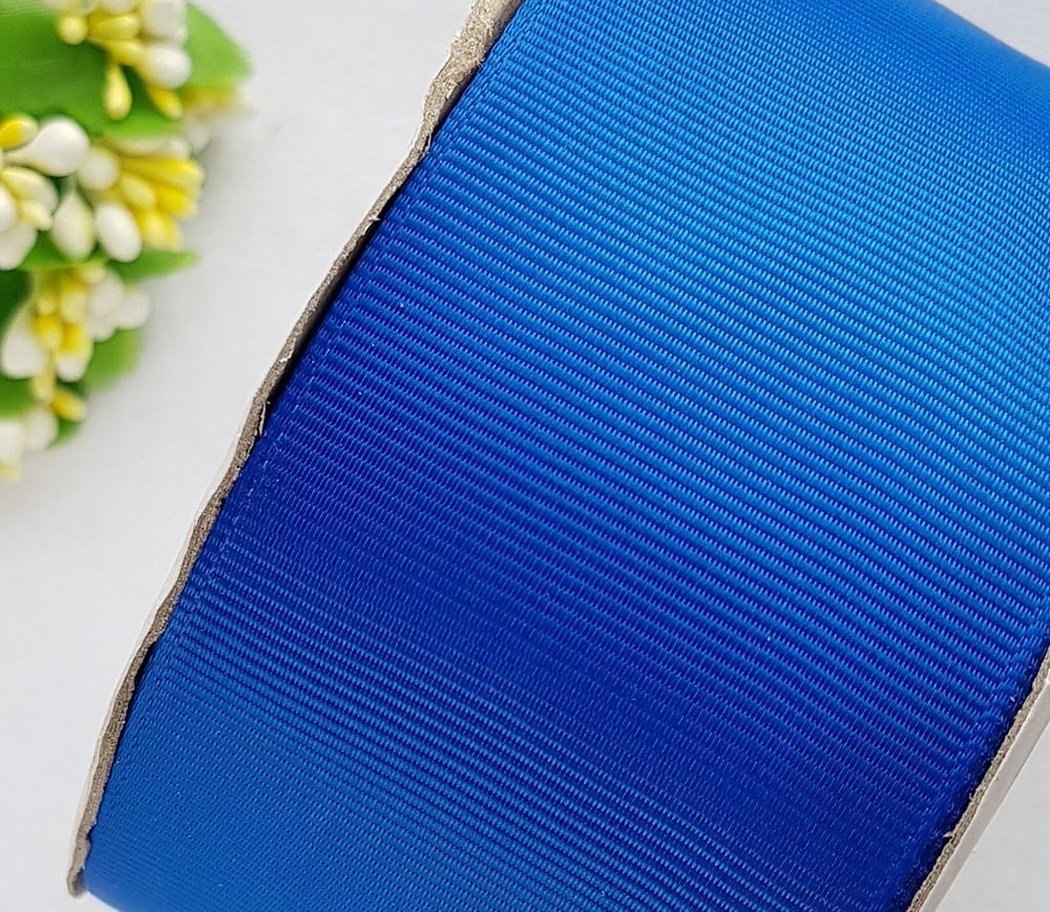
Main properties
The technologies of fabric production have determined the following properties, which are advantages of its use:
- density and wear resistance;
- elasticity and minimal wrinkling;
- deformation resistance;
- durability and ease of washing;
- breathability and hygroscopicity, which is good for sports.
It is worth noting that rep is quite comfortable and practical. Although it is elastic, it does not stretch much and is suitable for tight-fitting items. Along with visually reducing the volume of the figure, rep allows you to create voluminous folds and structures due to its density.
There are also disadvantages: the fabric requires more delicate care and is quite expensive if made of real silk. When the product gets wet, it can stretch, and when washed, it can shrink.
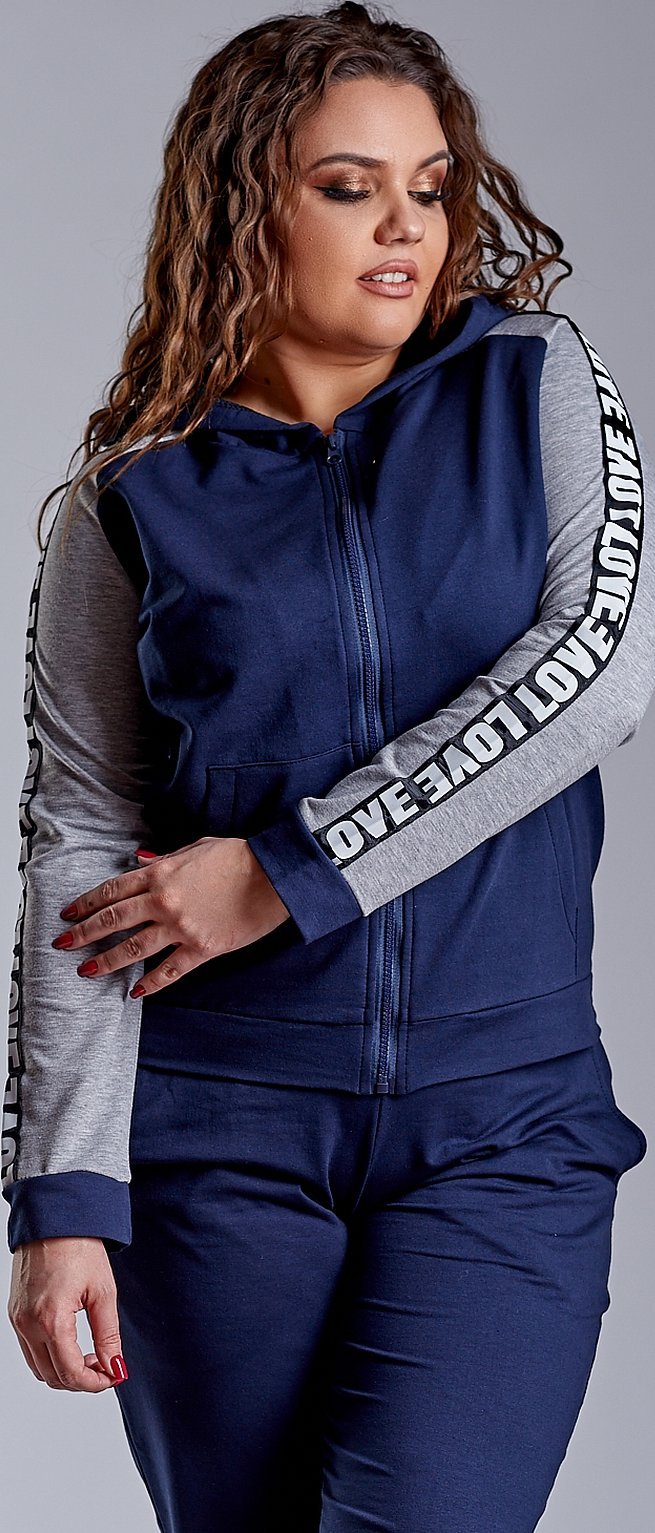
Peculiarities of rep weaving
There are two types of weaving, based on the previous point. In the main weave, the warp fibers of the material overlap two or more weft fibers. This is what produces the longitudinal rib, that is, the fabric is formed only from the main threads. The weft is located inside, it cannot be seen from either the back or the front side.
Weft rep, on the contrary, is obtained transversely by superimposing the weft on the grain fibers. In this type of fabric, the threads that form long overlaps are made thinner, but stronger, capable of covering thicker and rarer threads directed in the opposite direction.
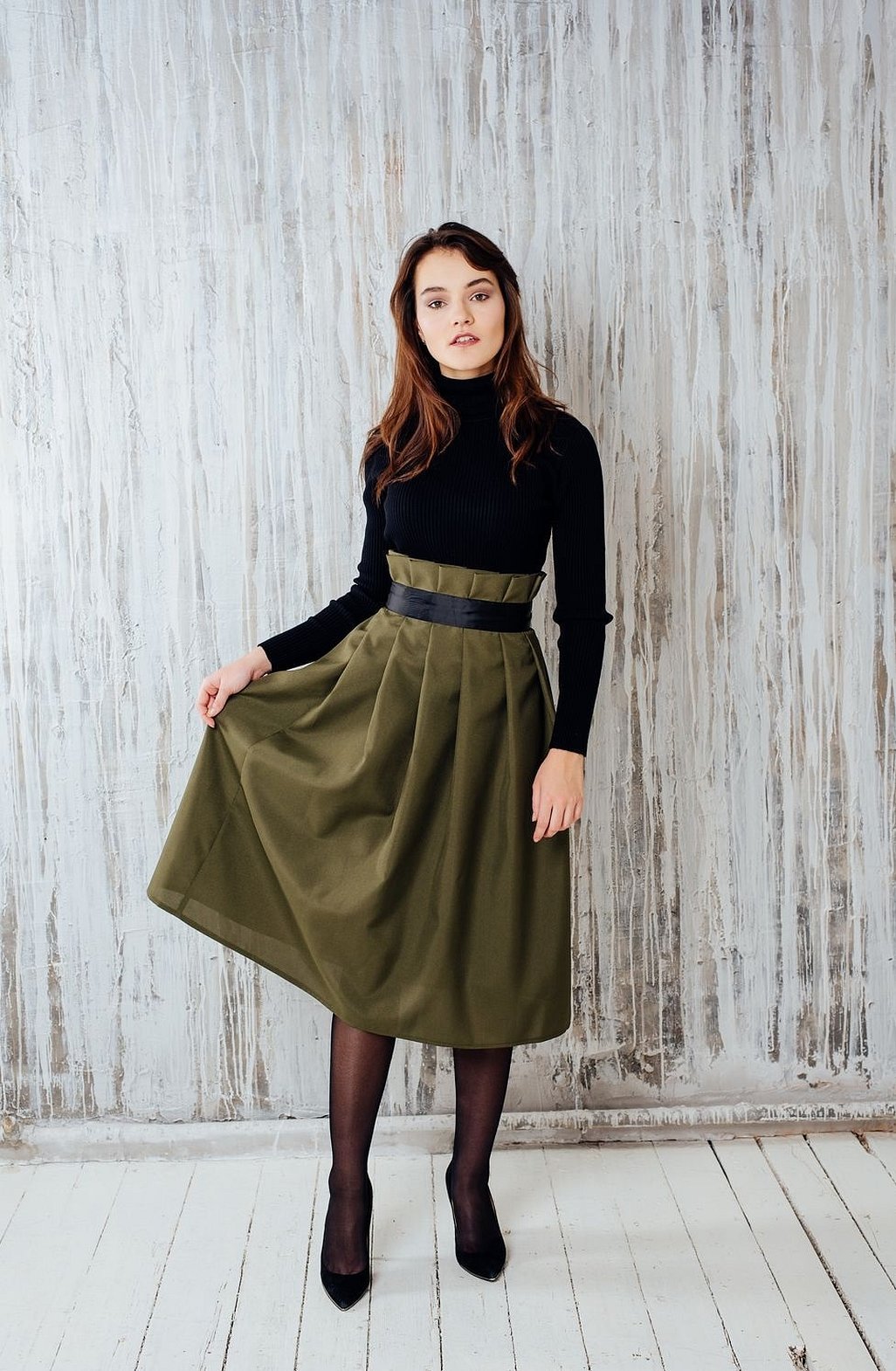
Important! Both types of rep are durable and have a pleasant texture; they can be dyed in one color, bleached, or filled with various patterns and designs.
Care instructions
The care instructions will vary, as it all depends on the base material. The general rules are as follows:
- The wool base requires hand washing or delicate washing machine mode. The water temperature should not exceed 30 degrees. Drying of such products is carried out only in a horizontal position in a straightened form. Ironing of wool is not welcomed;
- Silk requires very careful care and a special "silk" washing mode. It is more demanding than wool. Ironing is also performed in the appropriate mode, since the silk fabric is thin and can be damaged by high temperatures;
- The cotton base is the strongest and does not require additional care. The only rule when washing: water temperature over 30 degrees can "shrink" the item. When ironing, cotton fabric can be exposed to high temperatures.
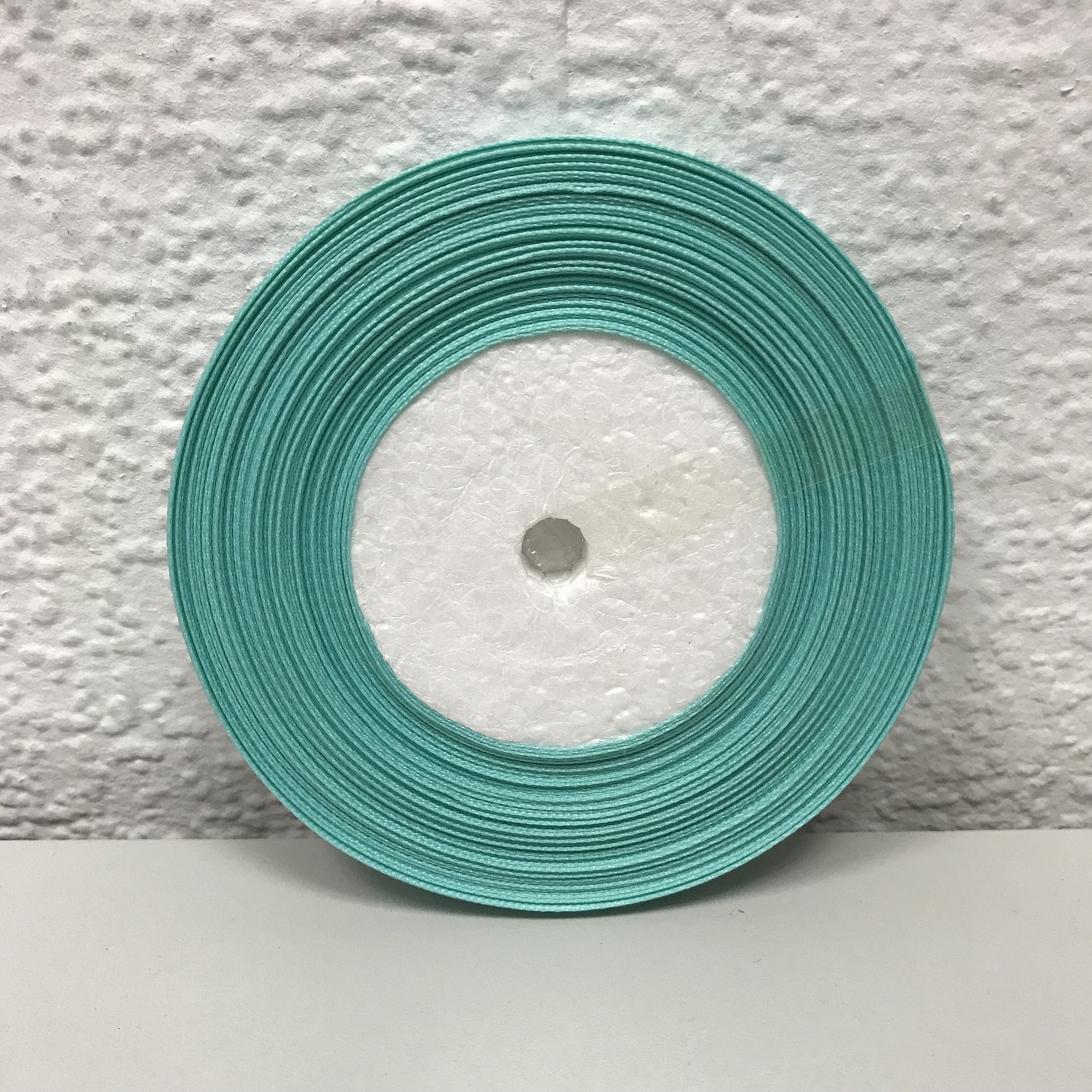
Scope of application
It cannot be said that rep is very popular in fashion today, but it is often used for sewing women's and men's clothing: suits, trousers, dresses, blouses, skirts. Ribbons made of rep-lurex are used as decoration for hats and handbags. Shoes (boots and boots), as well as individual elements of their decoration, also cannot do without rep fabric.
Most often, in decor of this type, fabric is used to create festive or historical interior decorations. Rep is used to sew theater curtains, military-historical costumes. The texture and density of the fabric allow sewing clothes with voluminous sleeves and stand-up collars, harem pants, which were typical for people of past centuries.
A new type of fabric has appeared relatively recently - rep velour. It is woven from synthetics or mixed yarn. Its main difference from classic rep is that it has a face covering in the form of velour pile. Fluffy material is not inferior in strength to ordinary fabric and is used for decorating and upholstering furniture, creating rep rugs.
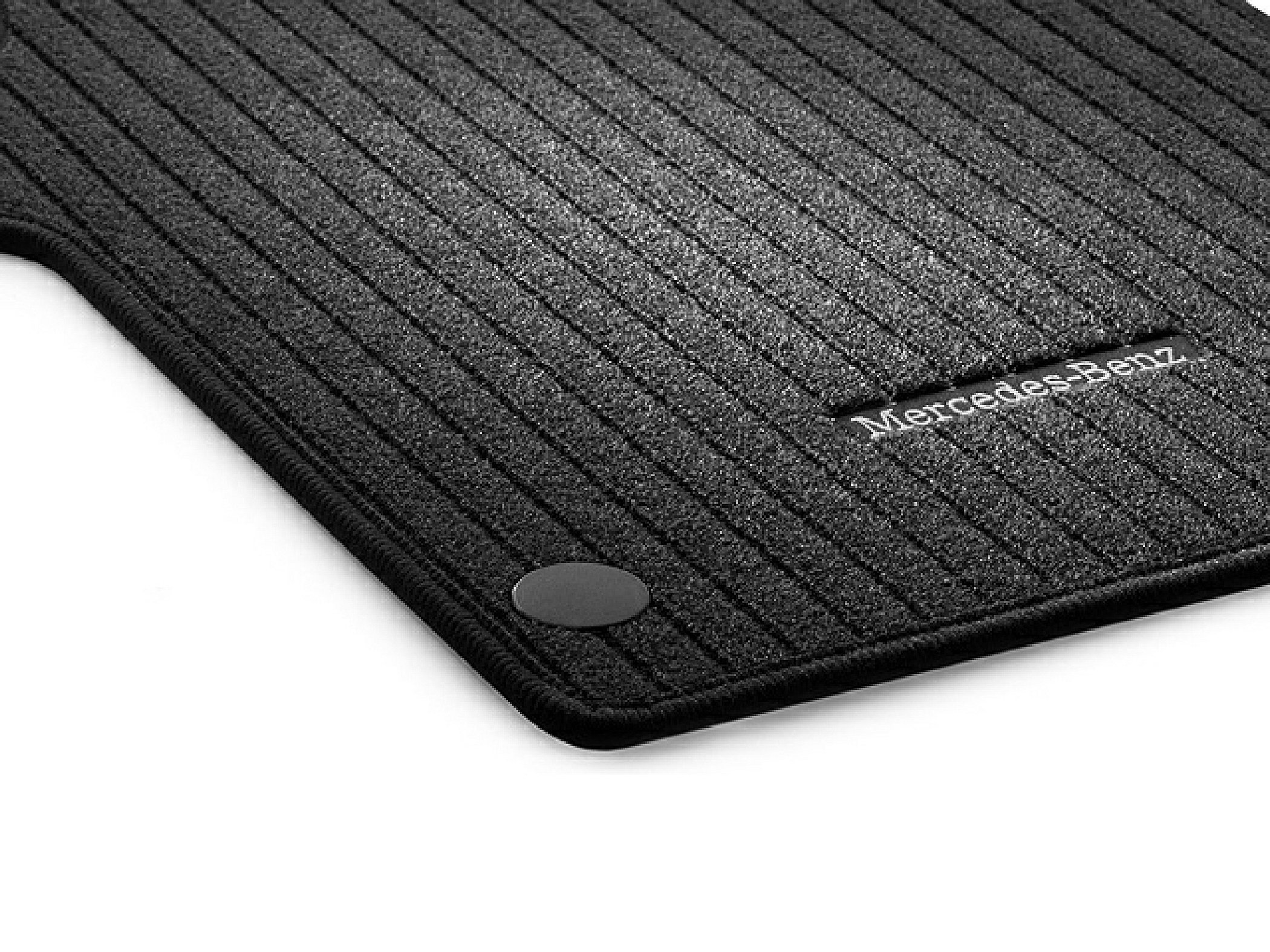
What to sew from rep
Today, the market mainly offers cotton and mixed rep with ribbed weave. It is most often used for sewing skirts, dresses and suits with trousers. Sometimes, children's clothing is made from it. You can use the fleecy material to upholster furniture or walls.
You can sew from rep:
- Military and historical costumes;
- Kanzashi-type decorations;
- Decorative elements in retro or formal style;
- Draped curtains and drapes;
- Practical children's clothing;
- Homemade accessories or decorations for them.
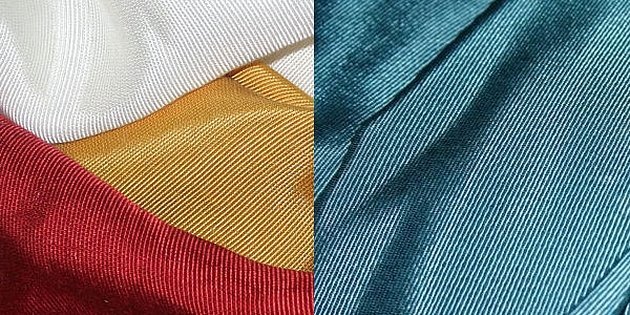
Rep fabric is a dense and interesting material with a catchy texture. This fabric is no longer as popular as it once was, but is indispensable when decorating certain types of scenery, costumes, accessories, etc. In addition, you can knit it yourself, if you have special equipment or knitting needles.




